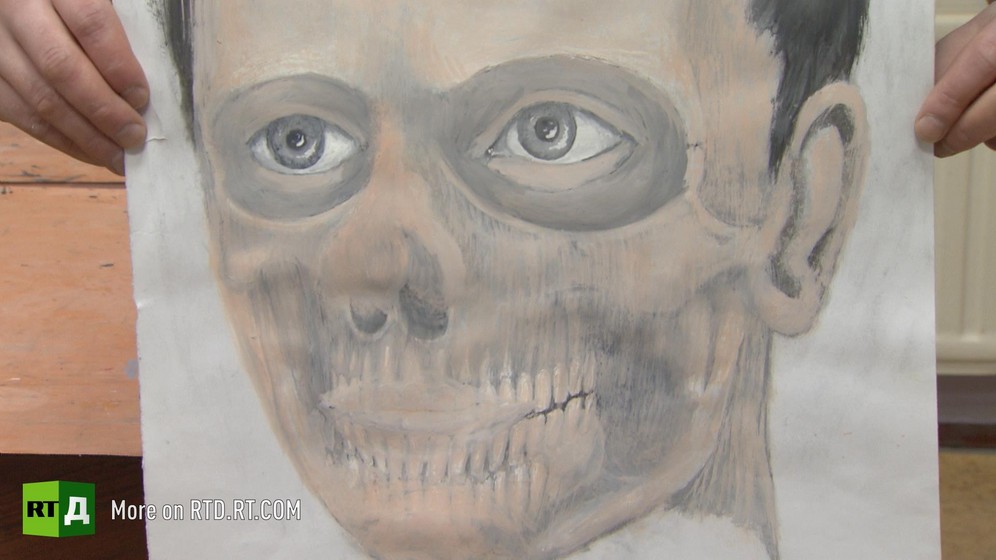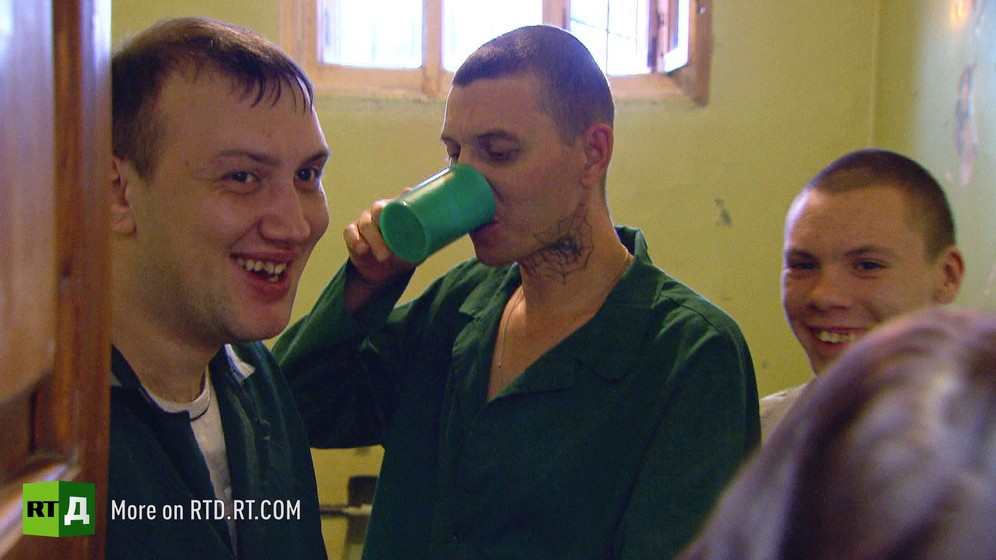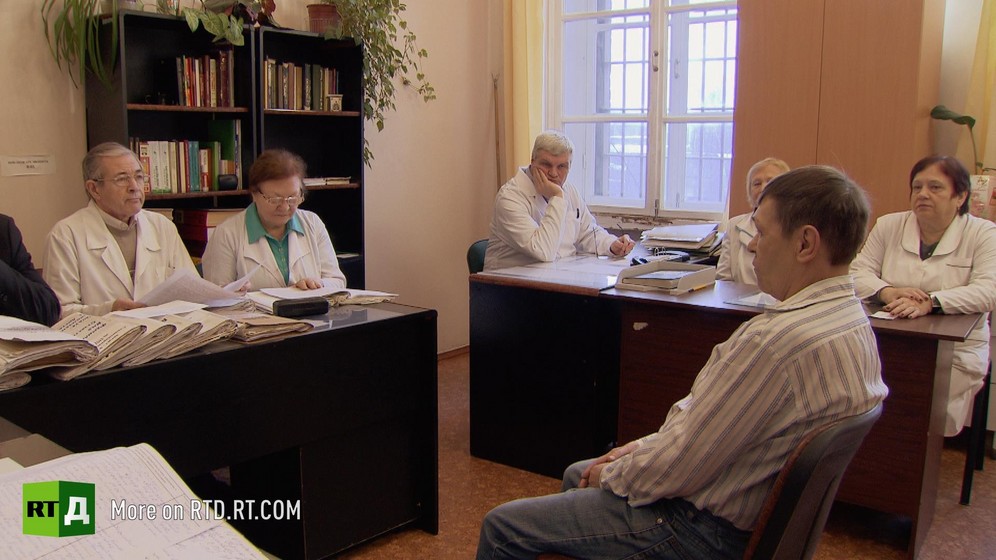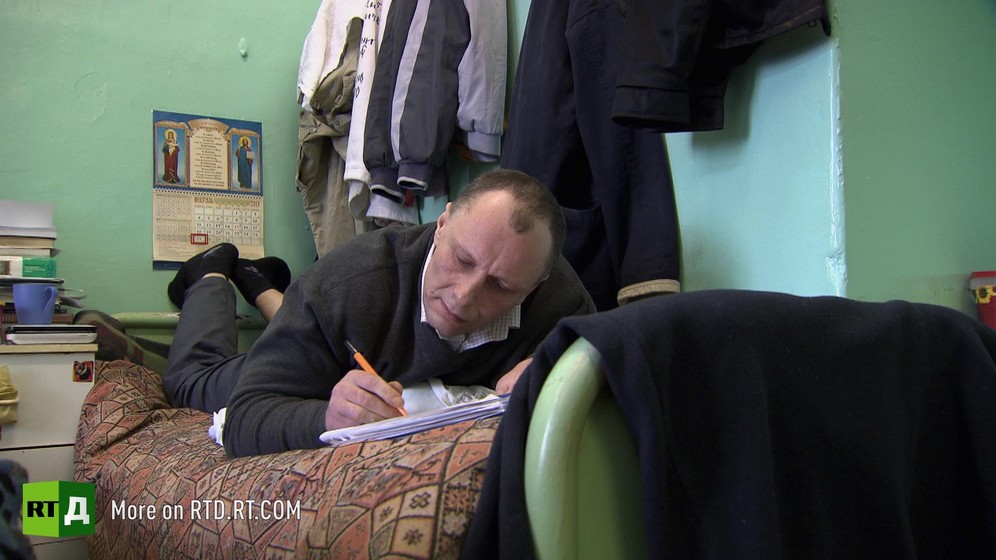Criminally insane offenders rediscover their humanity through art therapy
When a court accepts a plea of criminal insanity, defendants are ordered to undergo psychiatric treatment in a secure facility instead of serving a prison sentence, but can the criminally insane ever be cured? An RTD crew visits a correctional medical facility near Saint Petersburg, where around 900 mostly violent offenders are receiving psychiatric treatment.

Some were high on drugs when they committed their crimes. Some hear voices. Some don’t feel anything at all. They speak about the events that brought them to the facility, their feeling for their victims and their families, and the personal reckoning.

One key aspect of their treatment is art therapy. Artist Aleksandr Semyonov tries to relieve their suffering by helping them express their inner world on canvas. 'When I first started the art therapy course here, I was afraid of them”, he recalls. “Their first results just shocked me. They were supposed to draw the person sitting opposite from them, but each one of them drew himself”.

In the facility, the mentally ill can’t avoid medical treatment, as often happens outside. Some start on the painful journey of coming face to face with themselves. Every six months, they appear before a commission to decide if they are safe to return to society. Some beg to be released, but others realise they still have work to do.
